
1883 - 1966
Gino Severini
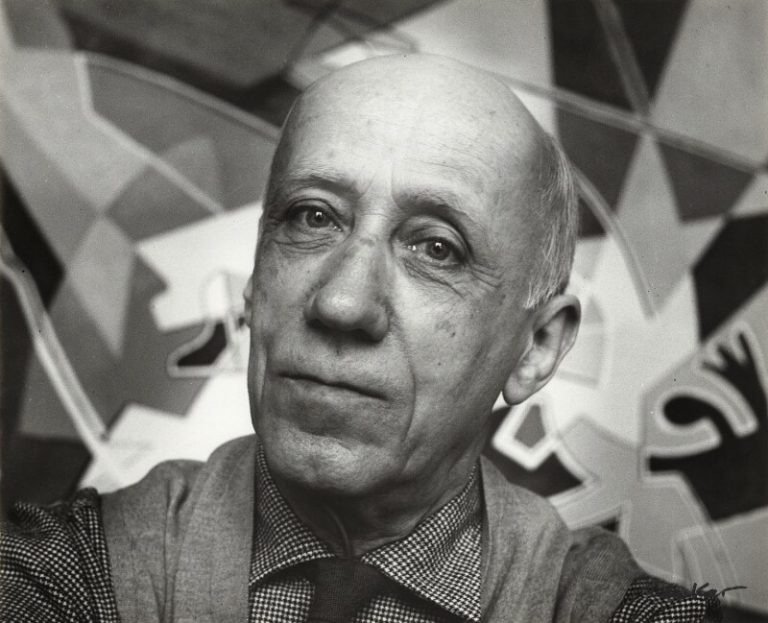
description
An Italian painter, graphic artist, art theorist and critic. One of the first and most influential Futurists in the country. Gino Severini worked for a long time in the style of cubism, maintaining relations with Pablo Picasso and Georges Braque in Paris.
Under the influence of his teacher Giacomo Balla, the artist learned ways of expressing movement and speed in painting, which led him to Futurism. Together with several associates, he signed the first Futurism Manifesto in 1910.
The artist’s works are distinguished by dynamism, mobility and swiftness. At the same time, an amazing balance of composition characteristic of Cubists defines Severini’s work. This feature allows you to partially resolve the contradictions between Futurism and Cubism, to combine their attempts to create what is impossible: to depict an object at the same time from several points of time, viewing angles and positions in space. In his work, the artist came to this goal as close as possible, managing to depict a really moving, sounding and lively picture. The artist is considered an unsurpassed master in depicting the bustling nightlife of the city.
Key ideas:
– In an effort to convey movement, speed and rhythm, he achieved the goal by decomposing the object into several fragments, creating the illusion of movement in their sequence. The artist’s purely futuristic search for dynamism and speed is combined with a cubist balance of structures and elements.
– Unlike other Futurists, he was little interested in the latest technologies and mechanisms. The theme of the author’s work centered around the bustling and boiling life of the city with its cabarets and restaurants, boulevards, dancers and idle inhabitants.
– He used techniques of divisionism in his work. Paint application using the paint method enhanced the illusion of flicker, vibration and mobility. In several works, Severini used sparkles, mixing them with paints, to enhance this effect.
– Many Severini’s paintings are created in a special way and require “inclusion” of the so-called “rotational vision”. The viewer should look at the canvas from several different points of view. Only after such a viewing can you get the most complete and true impression of the composition.
– Severini was close to the theory of synesthesia, which was very popular in the early twentieth century. The artist was convinced that colour could strongly affect the human senses and cause a feeling of certain sounds, create a sense of speed. In one of his theoretical works, he wrote that “blue, lilac and emerald green” shades awaken the sounds of a waltz in your imagination.
1883
1899
1906
1908
1910
1913
1915
1916
1921
1936
1945
1966
Gino Severini was born
Moved to Rome
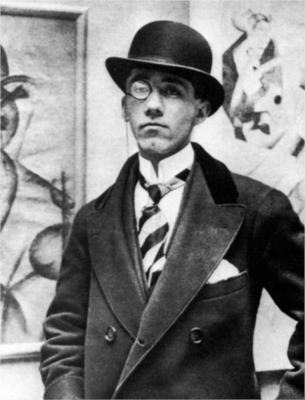
He went to Paris
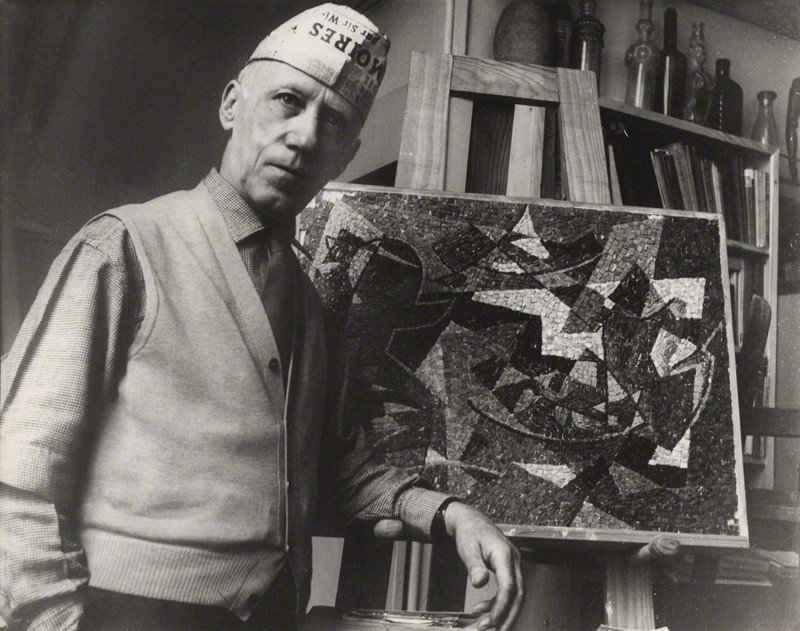
Participated in the first art exhibitions of the Paris Salons
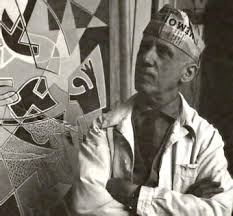
He became one of the first followers of Futurism
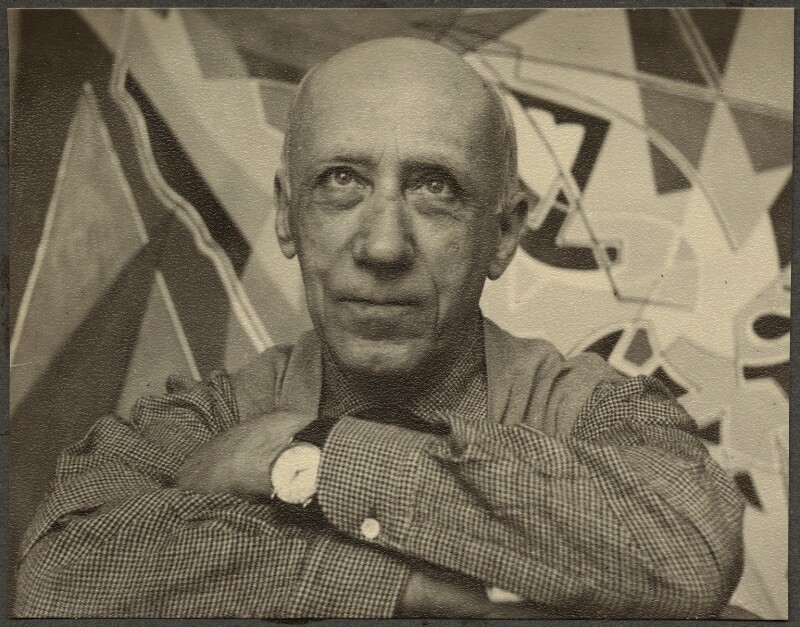
The first solo exhibition of the artist was held in London
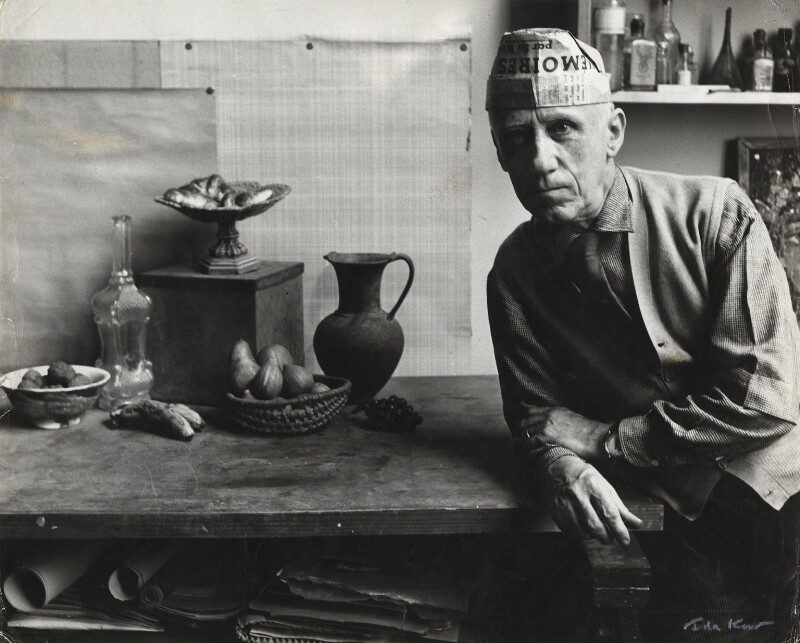
He wrote works on the theme of the First World War
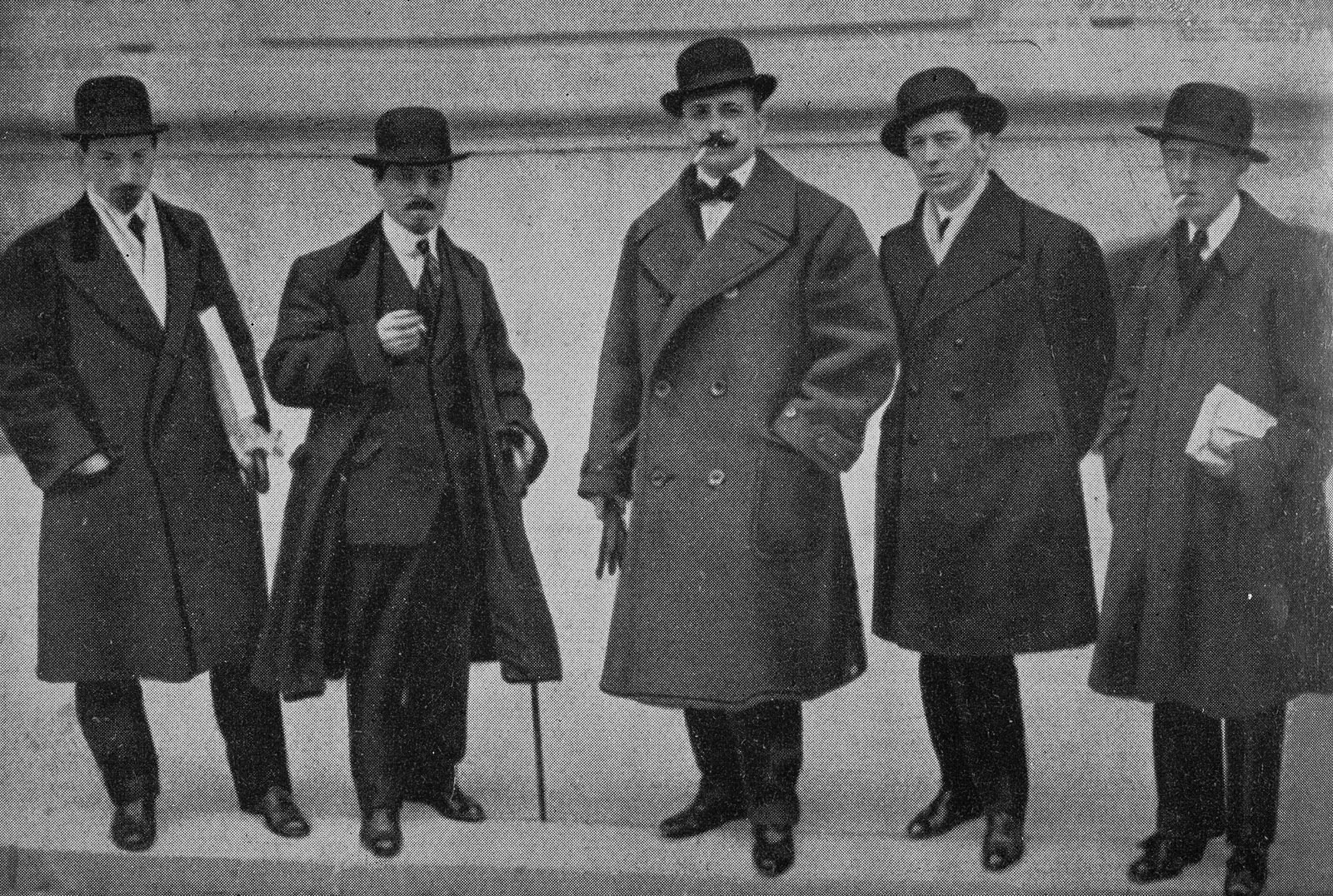
He refused from Futurism and started painting in the classical style
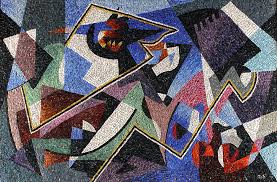
"From Cubism to Classicism: Aesthetics of the Compass and Numbers"
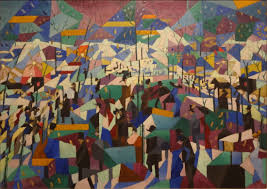
Took part in the Venice Biennale
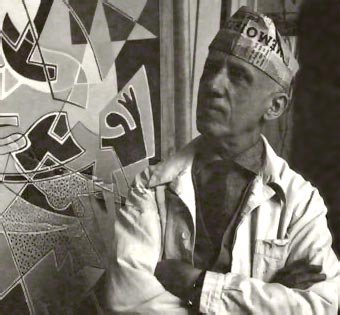
The artist left Italy and settled permanently in Paris
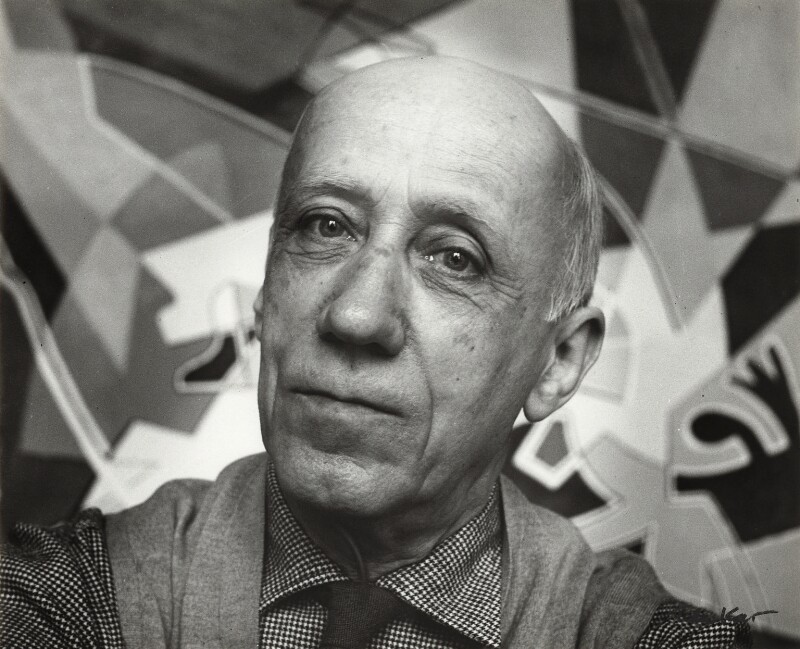
The artist died

